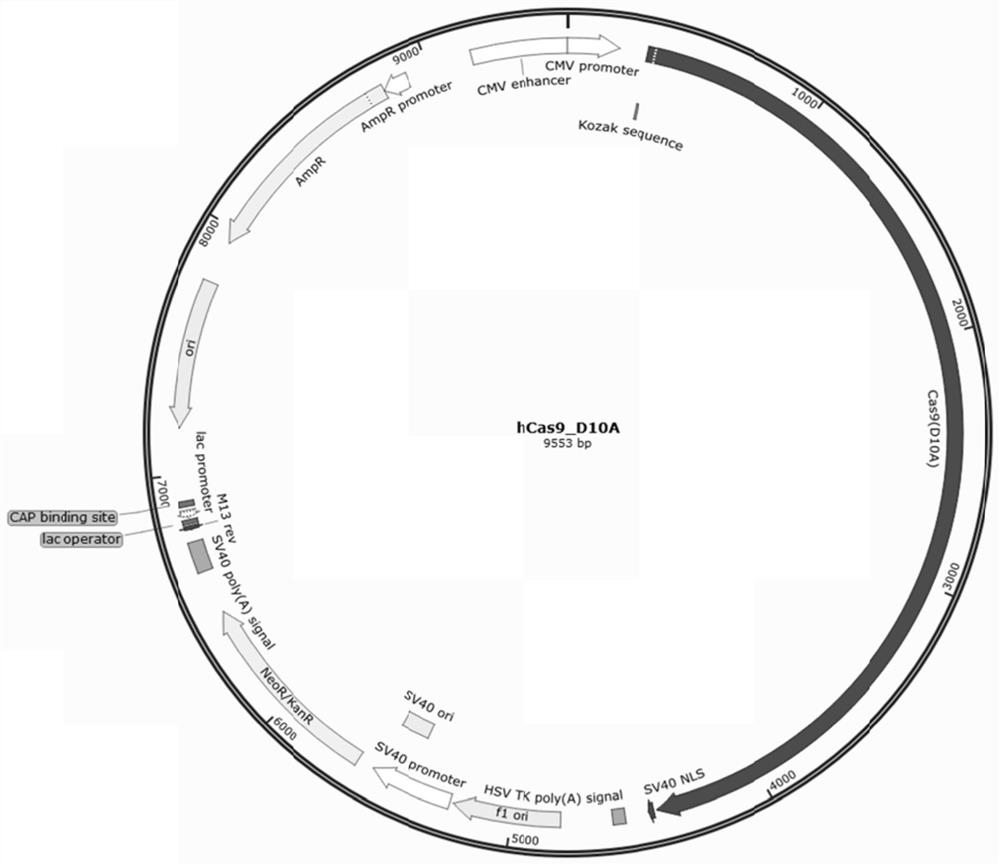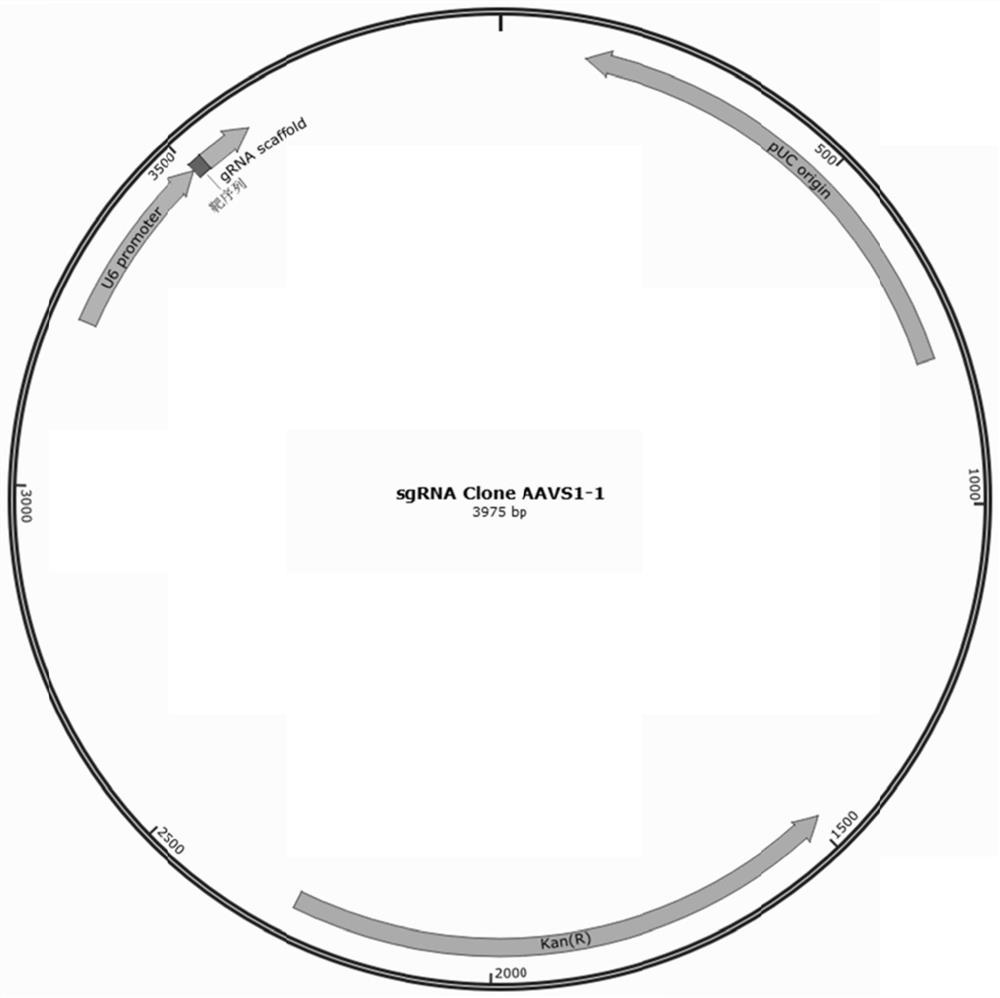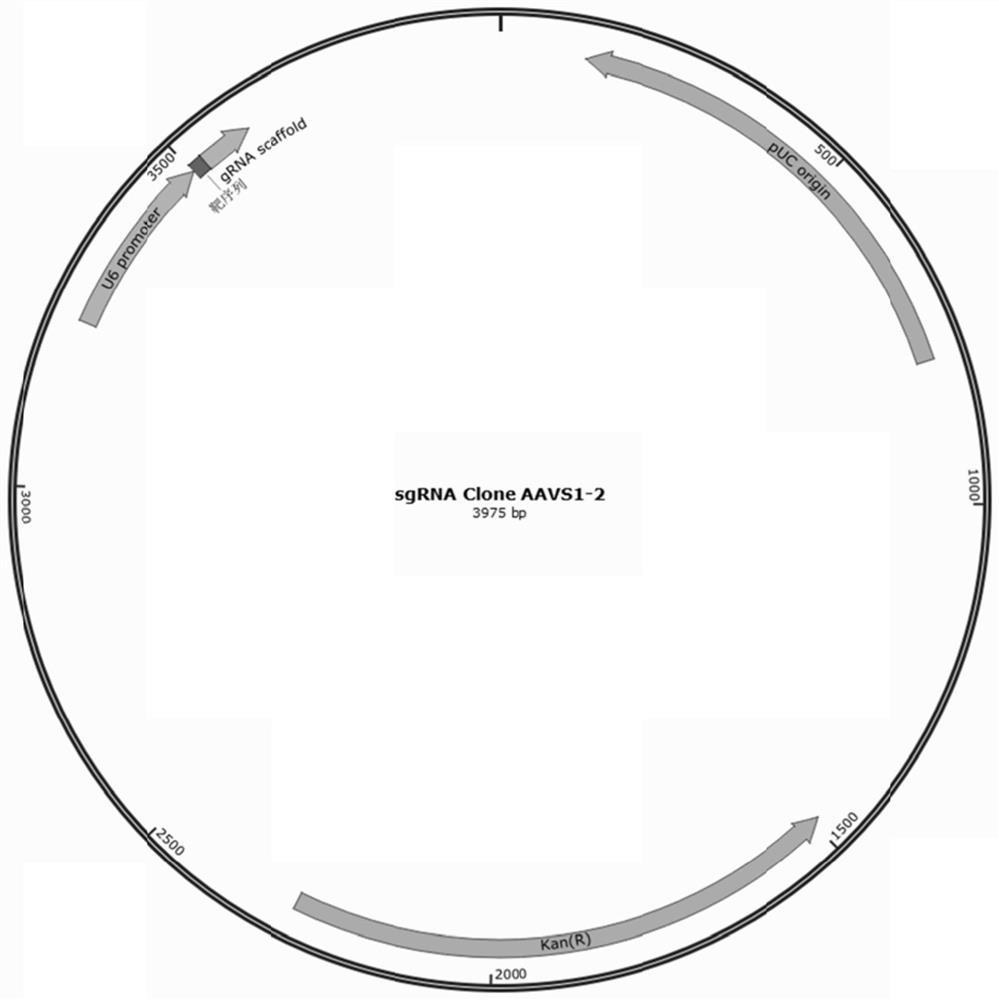Pluripotent stem cell for expressing shRNA and/or shRNA-miR of targeted BTLA or derivative of pluripotent stem cell
A technology of pluripotent stem cells and derivatives, applied in the field of genetic engineering, can solve the problems of high disease risk, reduced antigen integrity, metabolic diseases, etc., and achieve the effect of improving immune compatibility, restoring T cell activity, and activating the immune system.
Pending Publication Date: 2022-06-24
FUTURE HOMO SAPIENS INST OF REGENERATIVE MEDICINE CO LTD (FHSR) +1
View PDF0 Cites 0 Cited by
- Summary
- Abstract
- Description
- Claims
- Application Information
AI Technical Summary
Problems solved by technology
However, for this kind of cells, firstly, the types of antigens presented by HLA-I antigens are reduced by more than two-thirds, and the integrity of the antigens that can be presented is greatly and irreversibly reduced. For various tumors, viruses and other disease antigens The presentation is highly biased, and still retains a considerable degree of risk of tumorigenesis and viral infection, and the risk of disease is higher when CIITA is knocked out at the same time; secondly, 12 high-frequency immune types The ethnic differences of HLA-C antigens are very large, and only 70% of them can be accounted for in some areas through our verification and calculation. However, China, India and other populous countries do not yet have authoritative large-sample HLA data. The use of PSCs is still subject to the test of a huge matching gap; third, this method will undergo several repeated gene editing work, and at le
Method used
the structure of the environmentally friendly knitted fabric provided by the present invention; figure 2 Flow chart of the yarn wrapping machine for environmentally friendly knitted fabrics and storage devices; image 3 Is the parameter map of the yarn covering machine
View moreImage
Smart Image Click on the blue labels to locate them in the text.
Smart ImageViewing Examples
Examples
Experimental program
Comparison scheme
Effect test
 Login to View More
Login to View More PUM
 Login to View More
Login to View More Abstract
The invention discloses a pluripotent stem cell for expressing shRNA (short hairpin Ribonucleic Acid) and/or shRNA-miR (short hairpin Ribonucleic Acid-miR) targeting BTLA (Bacterial Type Leukocyte Antigen) or a derivative of the pluripotent stem cell. An expression sequence of the shRNA and/or the shRNA-miR targeting BTLA is introduced into a genome of the pluripotent stem cell or the derivative of the pluripotent stem cell. After shRNA (short hairpin ribonucleic acid) and/or shRNA-miR (short hairpin ribonucleic acid-miR) of targeted BTLA expressed by the pluripotent stem cell or the derivative of the pluripotent stem cell provided by the invention is wrapped by exosome, the exosome carries the effect RNA molecules to be combined with target cells, and then the target cells are released, so that BTLA is blocked, immunosuppression is relieved, an immune system is activated, the activity of T cells is recovered, and the T cells can effectively remove tumor cells.
Description
technical field [0001] The invention belongs to the technical field of genetic engineering, and in particular relates to a pluripotent stem cell or a derivative thereof expressing BTLA-targeting shRNA and / or shRNA-miR. Background technique [0002] BTLA (the B and T lymphocyte attenuator, BTLA) is a novel CD28 superfamily of costimulatory molecules. BTLA is mainly expressed in activated B cells, differentiated Th1 and Th2 cells, but is no longer expressed after Th2 cells are polarized. BTLA is an immunosuppressive receptor and belongs to a type I transmembrane glycoprotein. Its protein structure is similar to cytotoxic T lymphocyte-associated antigen-4 (CTLA-4) and programmed death receptor 1 (PD-1), including cellular an outer region, a transmembrane region, and a cytoplasmic region. The cytoplasmic domain of BTLA includes three tyrosine residues and two immunoreceptor tyrosine inhibitory motifs (ITIMs), which can bind and activate tyrosinase SHP-1 and SHP-2 after phospho...
Claims
the structure of the environmentally friendly knitted fabric provided by the present invention; figure 2 Flow chart of the yarn wrapping machine for environmentally friendly knitted fabrics and storage devices; image 3 Is the parameter map of the yarn covering machine
Login to View More Application Information
Patent Timeline
 Login to View More
Login to View More IPC IPC(8): C12N5/10A61K35/545A61K35/28A61K35/30A61K31/7088A61K48/00A61K38/17A61P35/00
CPCC12N5/0606C12N5/0611C12N5/0696C12N5/0662C12N5/0623A61K35/545A61K35/28A61K35/30A61K31/7088A61K48/0008A61K48/005A61K38/1774A61P35/00C12N2510/00
Inventor 王淋立陈月花杨建国莫健
Owner FUTURE HOMO SAPIENS INST OF REGENERATIVE MEDICINE CO LTD (FHSR)
Features
- R&D
- Intellectual Property
- Life Sciences
- Materials
- Tech Scout
Why Patsnap Eureka
- Unparalleled Data Quality
- Higher Quality Content
- 60% Fewer Hallucinations
Social media
Patsnap Eureka Blog
Learn More Browse by: Latest US Patents, China's latest patents, Technical Efficacy Thesaurus, Application Domain, Technology Topic, Popular Technical Reports.
© 2025 PatSnap. All rights reserved.Legal|Privacy policy|Modern Slavery Act Transparency Statement|Sitemap|About US| Contact US: help@patsnap.com



